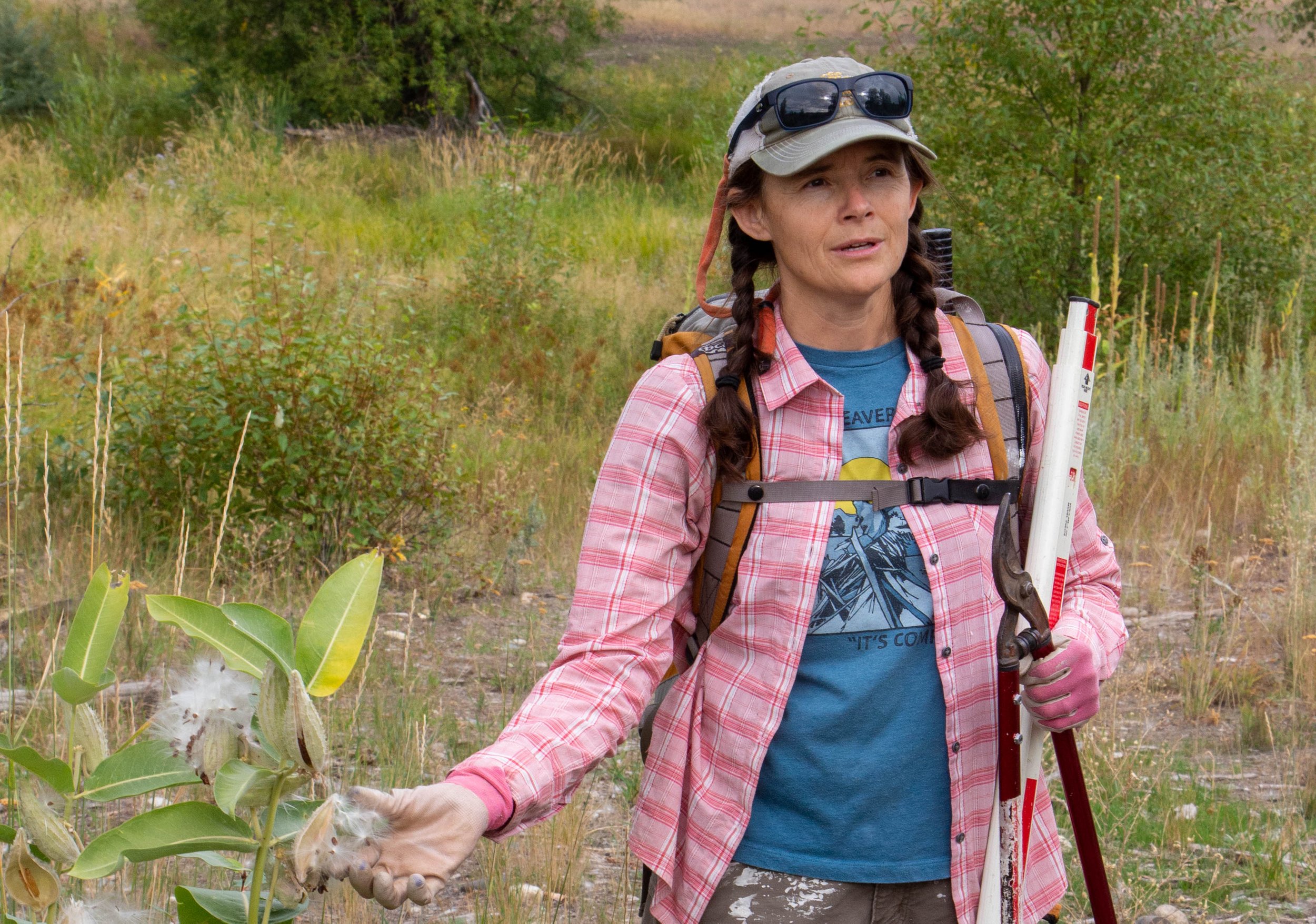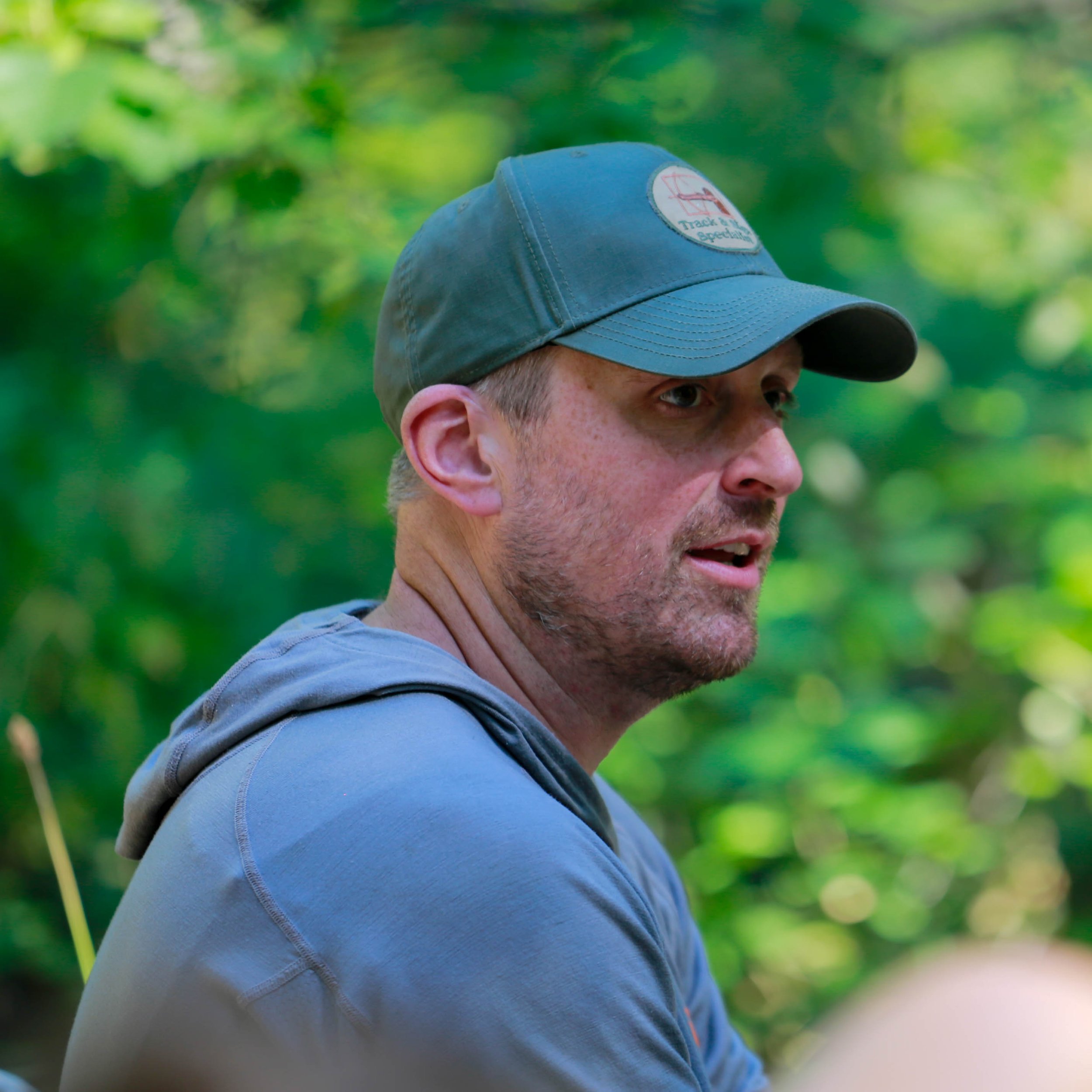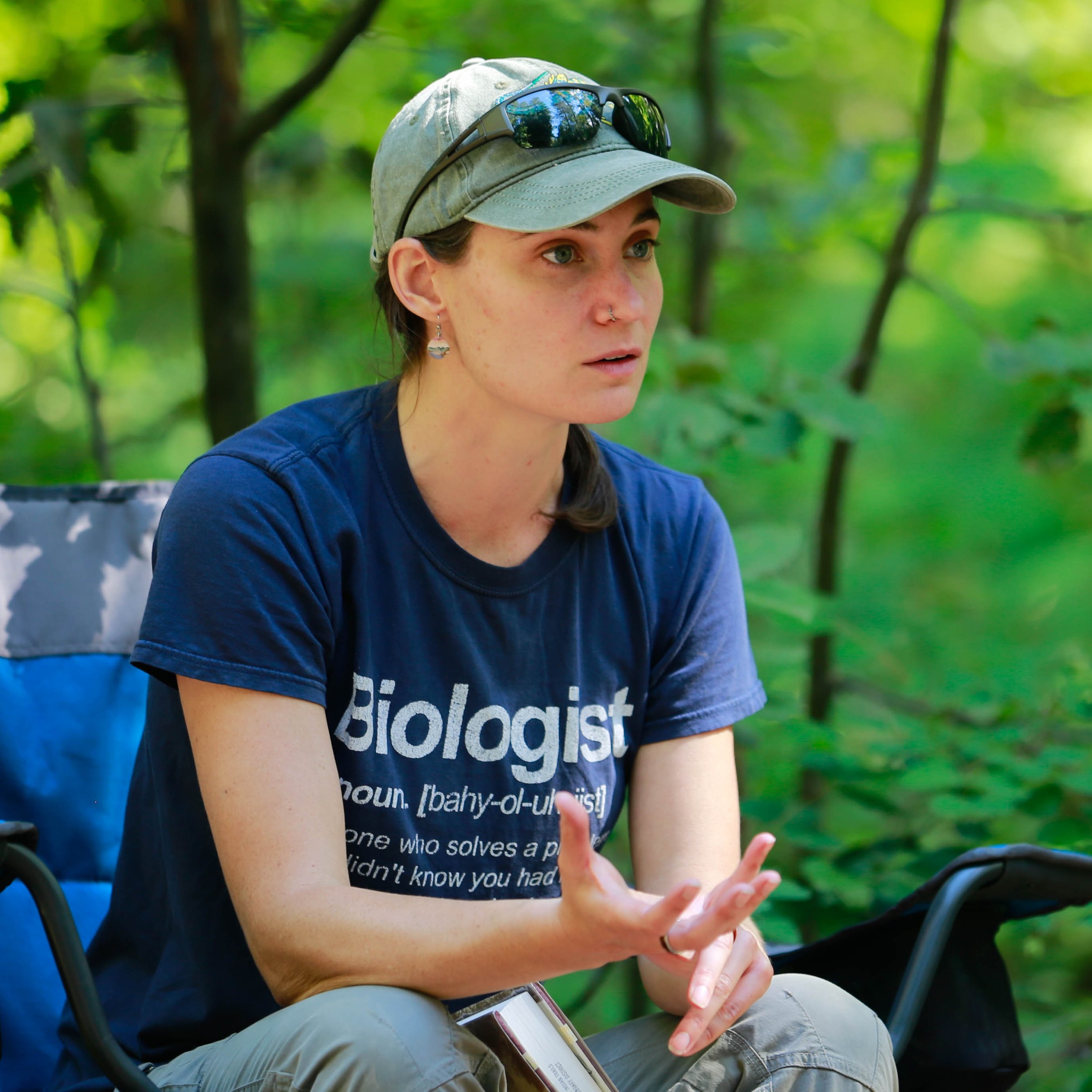John Rohrer
U.S. Forest Service Program Manager
Methow Valley, Washington
8/28/21-8/30/21
John Rohrer is the USFS Program Manager for Range, Weeds, Botany and Wildlife based in the Okanogan National Forest. John is a soft-spoken, thoughtful biologist who has numerous interests within the Methow valley and battles with a wide range of dilemmas in the ecological and political spheres.
John’s wide-ranging job description means that he is involved with a variety of forest management decisions and the dilemmas that often accompany those decisions. For example, John has worked with fire rangers in an attempt to address the issue of overly dense forests that need thinning to prevent massive fires that have decimated the valley in recent years. However, thinning is difficult to begin because of the restrictions on cutting trees down due to the presence of the endangered spotted owl who resides in these forests. John also works on other projects such as his effort to reintroduce beavers to Black Pine Lake. Outside of his official job, John is a snake enthusiast who captures pesky rattlesnakes in the valley, monitors them and houses them on his property.
By Wes Johnston



















